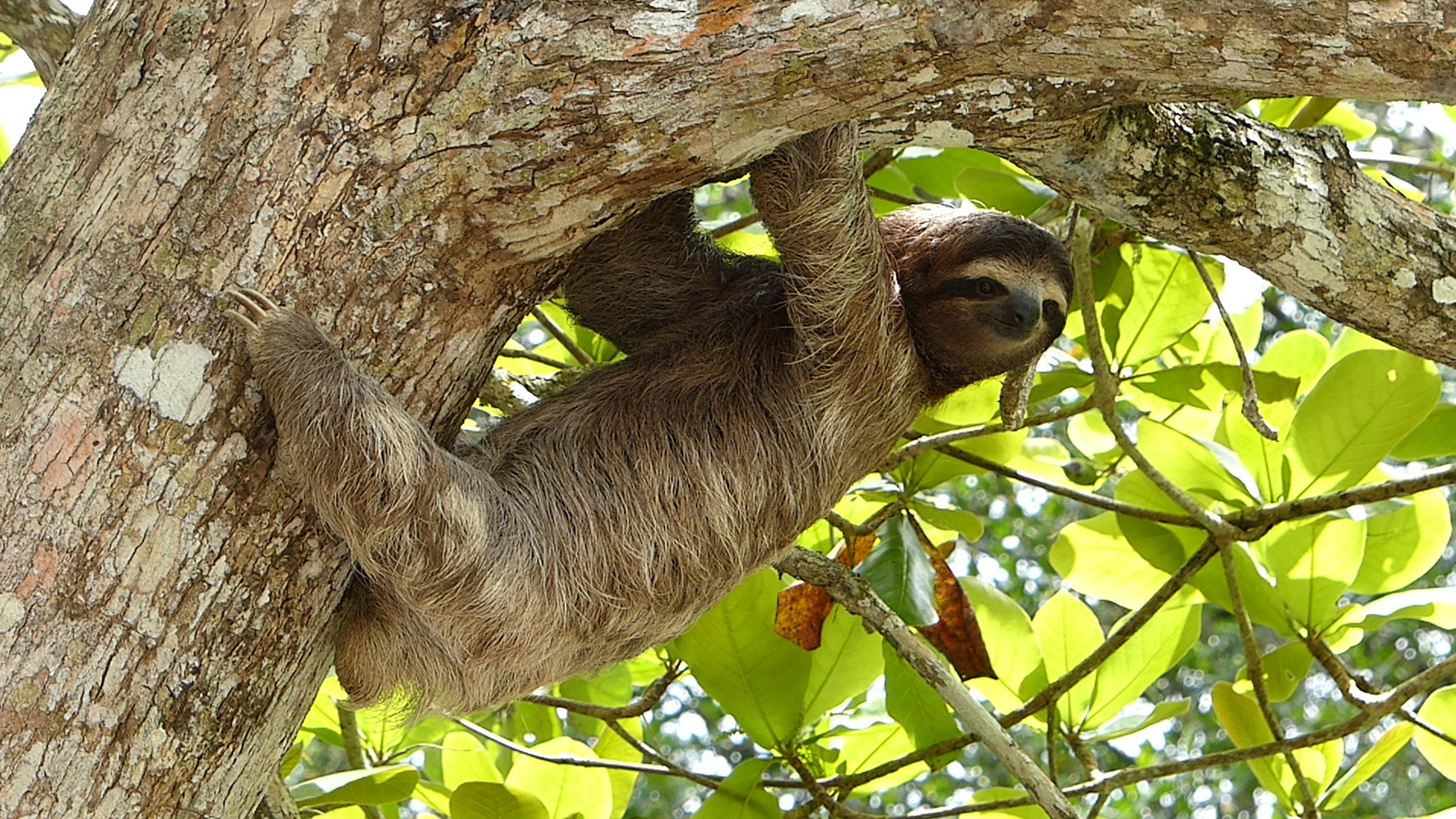Sloths and the Art of Slow Survival

Category: Mammals | June 7, 2025
Sloths are not built for haste. With their unhurried pace, sleepy expressions, and leafy diet, they seem almost out of sync with the modern world. But behind their slow-motion lives lies a powerful lesson in survival: you don’t have to be fast to be successful. In fact, for sloths, slow is the very key to staying alive.
Native to the rainforests of Central and South America, sloths spend nearly their entire lives in the treetops, where they hang upside down from sturdy branches using long, curved claws. Their movements are so slow that algae actually grow on their fur—an accidental camouflage that helps them blend in with the green canopy. This sluggish lifestyle isn’t a sign of laziness; it’s an evolutionary strategy. By minimizing movement, sloths avoid drawing attention from predators like harpy eagles and jaguars, which hunt by sight.
Their diet plays a role in their slowness, too. Sloths feed almost exclusively on leaves, which are low in energy and difficult to digest. To compensate, they have a specialized, multi-chambered stomach that can take up to a month to process a single meal. This efficient, low-energy system allows them to survive where others might not. Instead of outpacing danger, sloths simply avoid it—moving so little that they’re often overlooked entirely.
Despite their gentle, lethargic reputation, sloths are incredibly well adapted to their environment. They can rotate their heads nearly 270 degrees to watch for threats, and some species are surprisingly good swimmers, using a gentle breaststroke to navigate jungle rivers. They even risk the rare journey to the forest floor—usually once a week—to defecate, a behavior scientists still debate but believe may aid in communication or nutrient cycling.
Sloths also face modern challenges. Deforestation and habitat fragmentation are rapidly reducing the treetop corridors they depend on, forcing more sloths into contact with roads, power lines, and human settlements. Conservation groups are now working to build canopy bridges, rehabilitate injured sloths, and protect the forests these creatures call home.
In their own quiet way, sloths offer a counterpoint to the rush of the modern world. They remind us that survival isn’t always about speed or strength—sometimes, it’s about patience, stillness, and the ability to live in perfect balance with your surroundings.
🌴 Jungle Chatter
Most popular reactions:
No reactions yet.